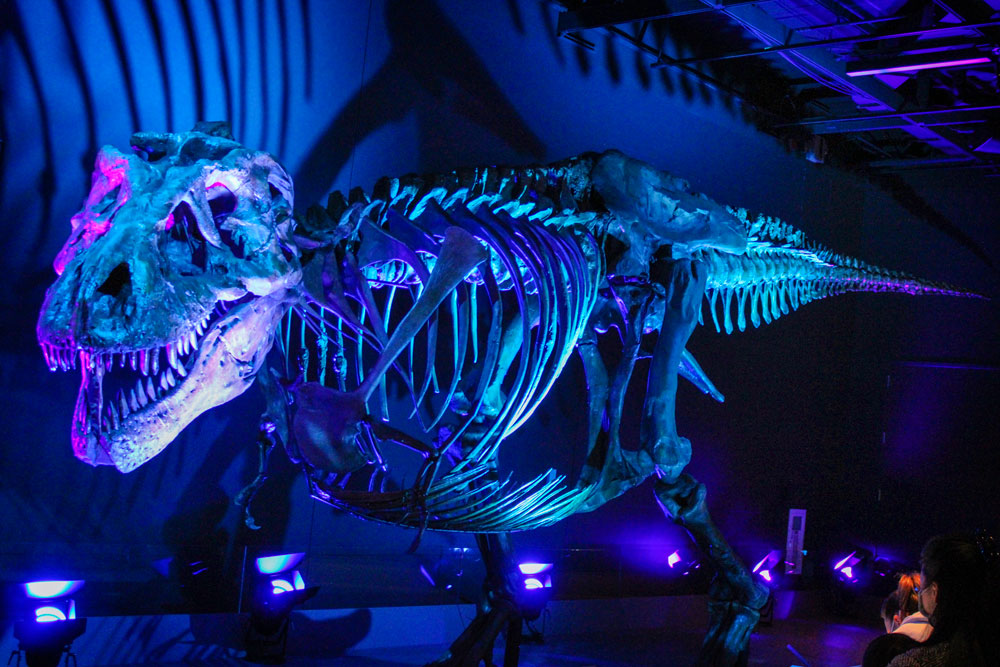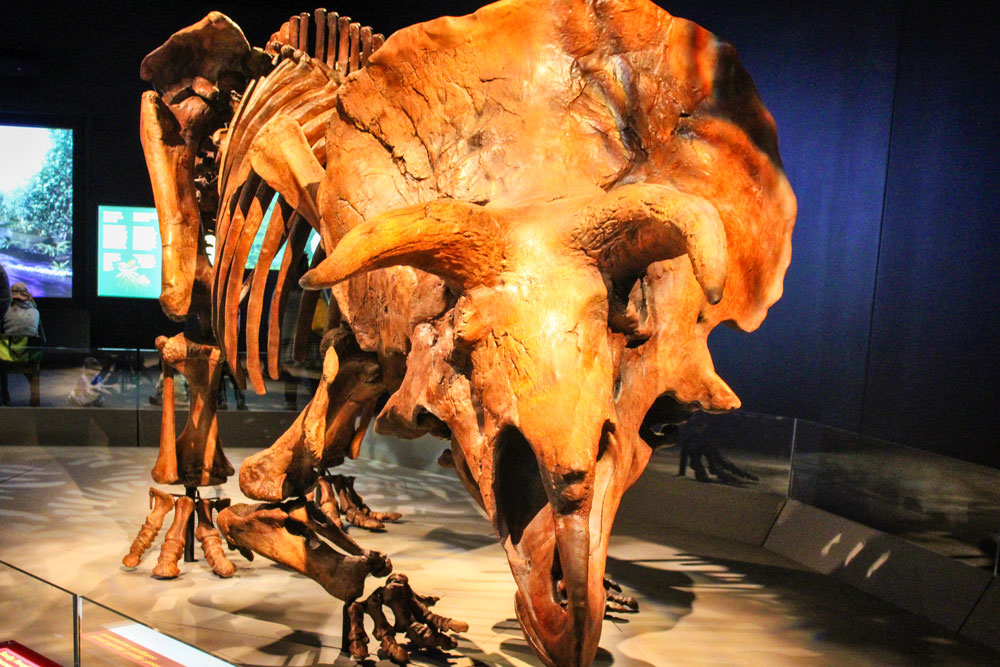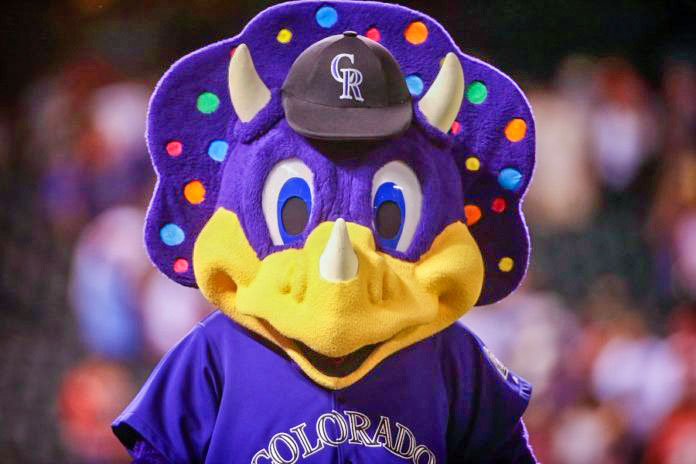Tyrannosaurus Sue at the Denver Museum of Nature & Science
Article and photos by Shaun Kernahan

Sue, the worlds largest T. rex to have more than 90% of its bones discovered, is currently on display at the Denver Museum of Nature & Science.
On August 12, 1990, on a cliffside in South Dakota, Sue Hendrickson and a team from the Black Hills Institute discovered arguably the most famous dinosaur fossil in history. At 40 feet long from tail to nose and 13 feet tall at the hips and over 90% recovered, Sue is the largest “complete” Tyrannosaurus rex (T. rex) fossil to be discovered to date. They named the dinosaur Sue in her honor.
While the originally discovered fossils are kept at the Field Museum of Natural History in Chicago, the re-creation of Sue is currently on display at the Denver Museum of Nature & Science and will be until April 25.
In the past, scientists displayed T. rex fossils, including Sue, with a single rib cage. A recent scientific theory has led to Sue now being displayed with a second set of ribs. Scientists simply hadn’t figured out how they fit together with the rest of the fossil until early 2018. This set of ribs is Sue’s gastralia, which has resulted in models of the T. rex to be much more barrel chested along with the arms lowered and brought closer together – providing a better understanding of where the wishbone fits in, making Sue the most accurate T. rex model on display.
Along with Sue, the exhibit features a Triceratops that resident dinosaur expert Vince Morris explained was likely the T. rex’s biggest nemesis outside of other T. rex, and one of the only dinosaurs that stood a chance in a one-on-one battle. Visitors can touch the menacing skull of an Ankylosaurus and a mural that includes the local Denversaurus.

A head-on look at one of the T. rex’s biggest nemesis, the Triceratops. These fossils are the inspiration for the Colorado Rockies mascot, Dinger.

Down the hall from Sue is the museum’s permanent exhibit, Prehistoric Journey, where visitors can see an Allosaurus, Stegosaurus, and even a Diplodocus, among others in the exhibit and throughout the museum.
Also housed in the paleontology department at the museum is a portion of a Triceratops frill that Morris says was discovered in what is now the visitor’s dugout of Coors Field. These fossils are the inspiration for the Colorado Rockies mascot, Dinger (pictured left).
To learn more about the traveling exhibit, to see available times or to purchase tickets visit, https://www.dmns.org/.